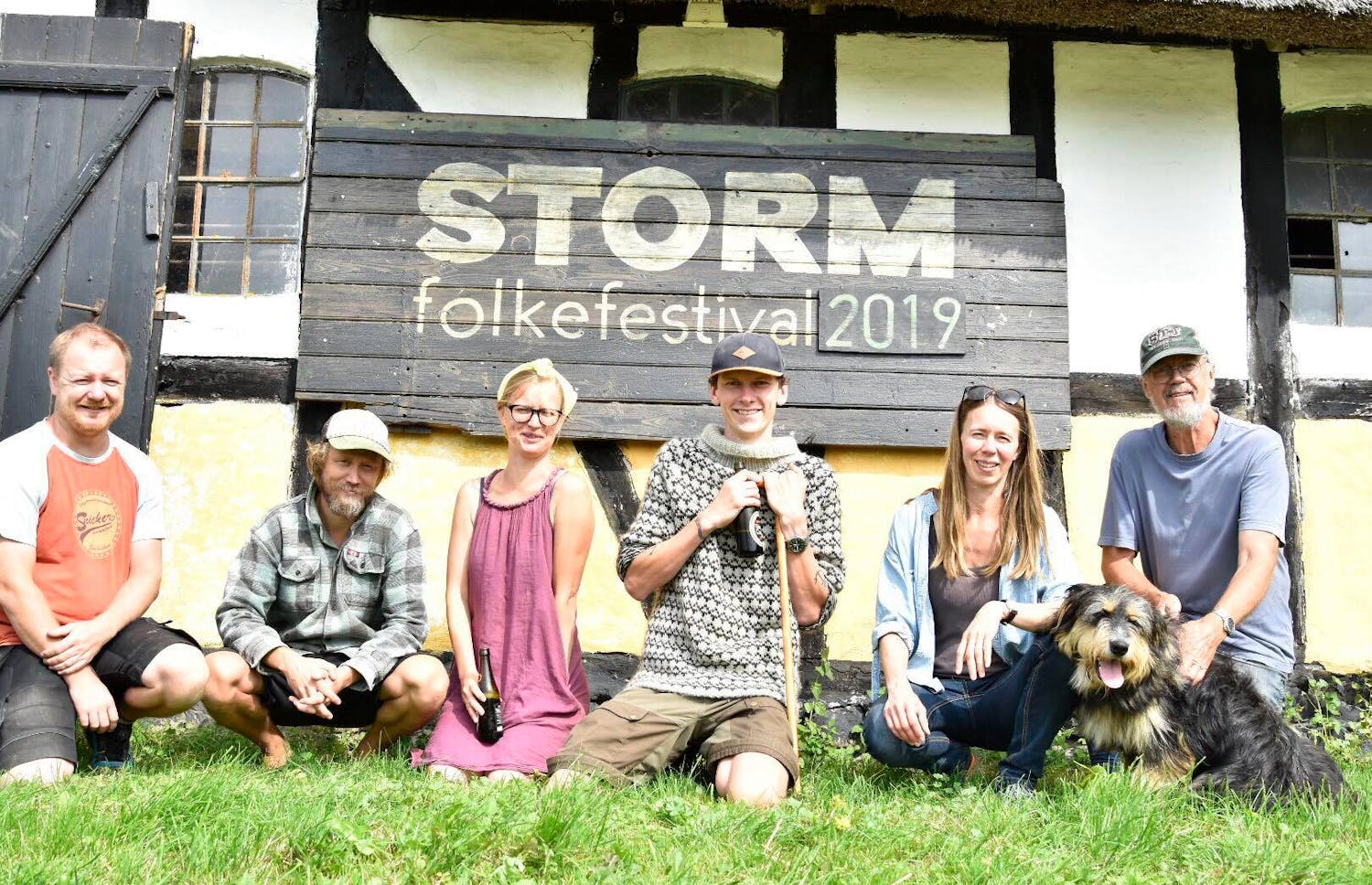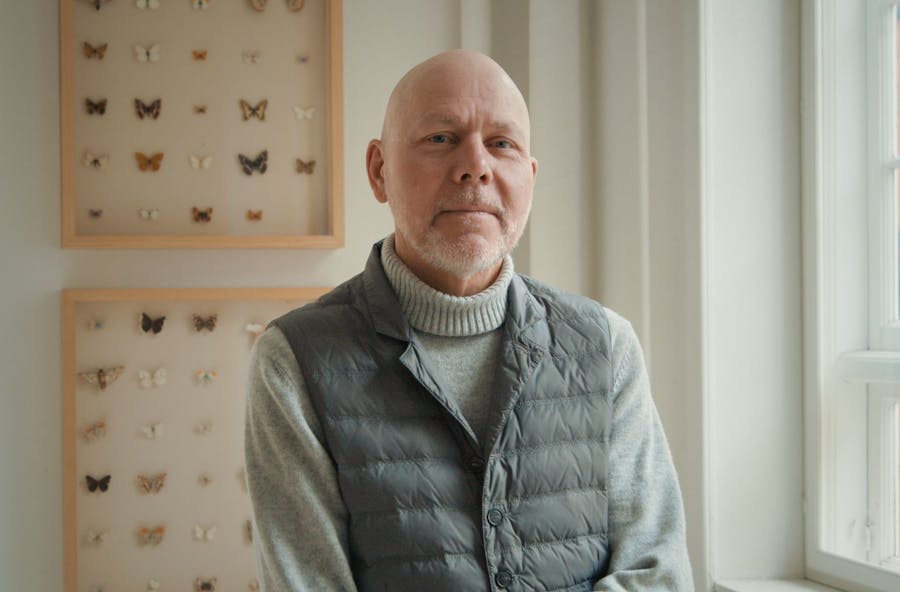26.10.2021
Small town values: When villagers drive the development

How do citizens – and not just municipalities and experts – drive the strategic development of villages?
By anthropologist Katrine Nørgaard Staffolani, SLA, and partner Anne-Mette Scheibel, Resonans.
The article first appeared in Danish in the magazine NB Kommune
Thriving and active villages are part of many municipalities’ and governments’ visions of creating a balanced national development. One of the significant challenges in creating this balance is that village development has become too centralized. Again and again, experience shows that centrally made planning and strategies alone often have no effect because they do not emanate from the local community. Development requires strong local ownership, local actions, and a desire within the local community to collaborate in new ways.
The essential local commitment
A researcher in rural development, Hanne Wittorff Tanvig, shows the necessity of activating local village communities to develop their living conditions. In her view, neither experts from the municipality nor consultants can initiate what is needed. A thriving local culture is not created from one day to the next – it requires a continuous commitment from the villagers. Hanne Wittorff Tanvig is therefore also critical of the current top-down planning strategies initiated without the citizens being involved. In her research, she argues that if village development is to succeed, it must come from a citizen-driven commitment:
“The villagers themselves are responsible for the life in their villages. Without an active effort, the villages will go into oblivion. […] This contradicts how the ruling power, planners, and consulting firms usually think. They believe this effort must come from the top. From the outside.”
However, this does not mean that there is no role for planners and municipalities in the development of villages and small communities. But the role must be different than the usual top-down decision-makers. Instead, the role of the consultants and municipalities must be as process support and external ‘disturbances’ to secure that the villages achieve their strategic goals:
“The villages may just need a little kick. […] It can help remove ‘home blindness’ and ensure that the right people are involved. There is a task in getting the villagers to puncture their habits and create new ideas. But we must reduce the classic adviser profile and instead have a coaching function.”
Local forces and ‘trial actions’
Such a new development process has taken place in Faaborg-Midtfyn Municipality in Denmark and the two villages Haastrup (population: 343) and Korinth (population: 1,001). The purpose was to strengthen and support the municipality’s villages that themselves want development. This has happened through designated ‘trial actions’ in the form of initiating small but concrete temporary initiatives, which are subsequently evaluated and contribute to focusing the villages’ strategic development tracks.
Each village development is driven by local forces organized into working groups. The working groups set the strategic goals and define the accompanying ‘trial actions’ by themselves, supported by anthropologists and landscape architects from SLA and consultants from Resonans.
In each village, a citizens’ steering group coordinates the local efforts. Mette Abrahamsen, chairman of the citizen steering group of the village of Korinth, says about the process:
“For several years, we have talked about the need for a new development plan for our village. But we found out that we need help with the process.”
Mette Abrahamsen is aware that it is difficult to steer their fellow citizens’ different interests into a collaboration that aims towards common future goals. Very often, the issues for citizens are very here-and-now.
The strategic pull
Michaël Desveaux, chairman of the citizen steering group of the village of Haastrup, explains the challenges the villagers need to overcome:
“It’s easy to get people to express their views, but it’s hard to get people to do something. In our village, talks are often focused on small, immediate problems. But it’s hard to get people to talk about where we want to be in 10 years. That is why it’s good to spar with SLA’s anthropologists about what we want – and what steps we need to take to get there. It helps us focus on what is important and to all pull in the same direction.”
One of the strategic development tracks that Haastrup has set in motion is creating more biodiversity and more cohesive nature. Together, the citizens of Haastrup have developed a ‘trial action’ called ‘Natural Communities’ that creates a new trail system through the village’s surrounding nature with pop-up community spots along the way. The citizens of Korinth have also started several trial actions, where the local sports and social associations collaborate on activities so that children and young people can attend several different activities instead of choosing only one.
The citizens-led process is endorsed by the top political level by both Mayor and Municipal Council. The results of the ‘trial actions’ and the long-term development plans are used by the Municipal Council as the strategic foundation for the future development of the villages. While the citizens’ active involvement is vital, it is equally important that both the political and administrative municipal levels follow up with strategic priorities and financial investments.
Facts about the project:
In 2020, SLA conducted site-specific village analyses for all Faaborg-Midtfyn Municipality’s 59 villages, focusing on local needs and resources, spatial potentials and challenges, biodiversity, and natural qualities. SLA and Resonans collaborated to help the villages Haastrup and Korinth mobilize their citizens and anchor and concretize their needs and wishes into a series of strategic ‘trial actions.’ The collaboration between SLA and Resonans contains an interdisciplinary focus, contributing to a holistic understanding of the development the villages need to initiate.
“"It's hard to get people to talk about where we want to be in 10 years. That is why it's good to spar with SLA's anthropologists about what we want - and what steps we need to take to get there. It helps us focus on what is important and to all pull in the same direction."”
— Michaël Desveaux, chairman of citizen steering group
Perspectives

Nature is our origin. The city is our forgetting
What if the city isn’t broken because of noise or pollution – but because it has lost its meaning? And what if the true green transition doesn’t start with energy systems but with our senses?
In his new op-ed in Byrummonitor, SLA’s founder Stig L. Andersson argues that the current crisis of civilization – from climate breakdown to mental health — is rooted in how we’ve designed our cities to disconnect us from nature.

Cities are bad for us. Let's fix them
Cities can be inspiring places that bring out the best in us. But they’re often concrete jungles that make us ill and are still designed around the automobile. What if they were places in which you could thrive rather than simply survive? Another model is possible, writes Rasmus Astrup in the December 2024 issue of Monocle.